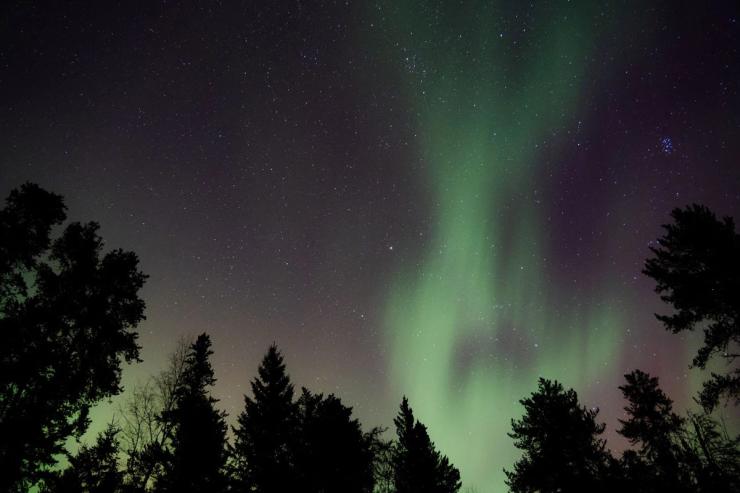The ozone hole this year was the fifth-smallest it has been since 1992, thanks to a landmark international agreement to phase out ozone-depleting chemicals.
Ozone is a form of oxygen, most prevalent in a thin atmospheric layer starting about 10 miles up. It absorbs harmful UV light and thus protects life. In the 1980s scientists noticed the layer was disappearing, because chlorofluorocarbons (CFCs) found in refrigerants and aerosol cans caused a chain reaction that destroyed ozone molecules.
Countries agreed in 1987 to phase out CFCs, and accelerated the process in 1992. The hole remains vast — twice the size of the contiguous US — but is shrinking, and is on track to disappear by the end of the century, NASA said.


